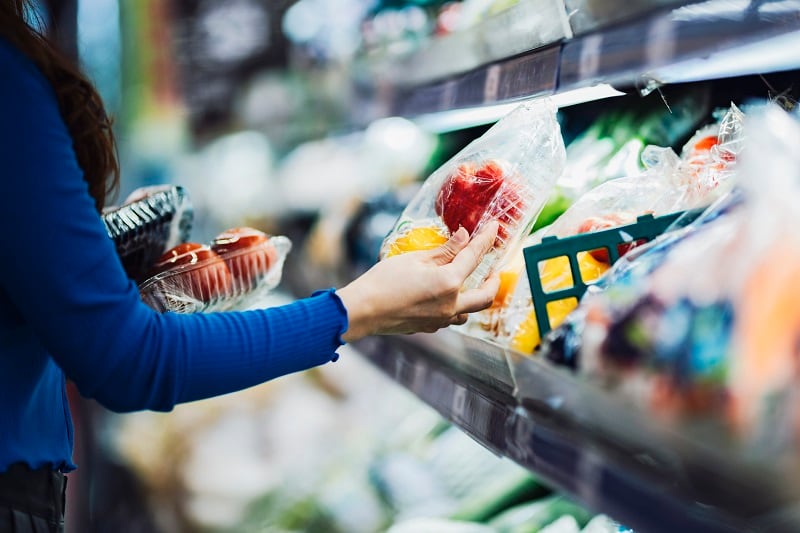Fresh food units and dollars are outpacing total food and beverage, but high food prices and the prospects of tariffs could drag the category down, while government policies around the Make America Healthy Again platform might do the opposite, market research firm Circana shared in a report.
Fresh foods grew dollars and units by 4.9% and 3.2%, respectively, while food and beverage dollars increased by 4.2% and units by 2.1%, according to Circana data for the 12 months ending Nov. 30, 2024.
Additionally, fresh food trips averaged 149 for the year ending Jan. 26., increasing by five trips due to demand for fresh meat, deli-prepared items and specialty cheeses, according to Circana MULO+ data. Produce remains the most frequented fresh department with 85 trips per year — up seven trips versus three years ago — while bakery and seafood trips are flat.
How inflation & trade wars can impact the future of fresh
However, headwinds for the category in 2025 are brewing, Jonna Parker, fresh foods team lead at Circana, said in a webinar.
Consumers are feeling pressured by high food prices and stubborn inflation, which can impact fresh foods, Circana reported. The Consumer Price Index — a measure of inflation — ticked up in January, coming in at 3% for all items with all food coming in at 2.5% for the month, according to the US Bureau of Labor Statistics.
Most consumers (84%) perceive food prices as higher than expected, according to a January Circana Shopper Survey. Additionally, 40% of consumers said that they were extremely concerned about food prices, higher among Gen Z and younger millennials.
Tariffs could add another stressor to the fresh food market as most consumers and economists expect tariffs to increase the cost of goods, explained Parker.
Most consumers (56%) favor Trump’s tariffs, according to a Reuters/Ipsos survey of more than 1,400 registered voters. Roughly the same percentage (57%) said that tariffs would increase food prices, according to January Circana Shopper Survey.
Earlier this month, the Trump administration backed off on a trade war with the two largest trading partners for the US — Mexico and Canada — that would have levied a 25% tariff on imports. Food prices would have been “the quickest reactors” because of short supply chains, said Rabobank analyst Stephen Nicholson.
“Ultimately, we have to remember in fresh that a lot of our foods and inputs to make those foods in fresh come from not within America but Mexico specifically as well as a lot of greens and seeds and livestock from Canada,” Parker elaborated.
The US imported $45.4 billion worth of agricultural goods from Mexico, including 49% of that total being fruits, vegetables, nuts and juices, according to data from the USDA. Additionally, the US imports $40.1 billion from Canada, 17% of which are fruits, vegetables, nuts and juices.
Consumers want more policies focused on healthy eating
Consumers also are demanding more government action when it comes to promoting healthy and clean eating, Circana reported. Most consumers (84%) support food-related public health policies and regulations, according to a January 2025 Circana panel survey.
Additionally, more than 40% of consumers want to restrict food additives, dyes and ultra-processed foods, and 56% want labeling restrictions and increased transparency related to additives, preservatives GMOs, added sugars and allergens, per the same report.
The US Senate confirmed Robert F. Kennedy Jr. to head the HHS on Feb. 13, with the White House throwing its support behind his Make America Healthy Again platform with a presidential commission. Kennedy outlined a “win-win policy” for farmers, consumers and the environment in a YouTube video where he advocated for an “off-ramp” for major food producers to create less processed foods.


